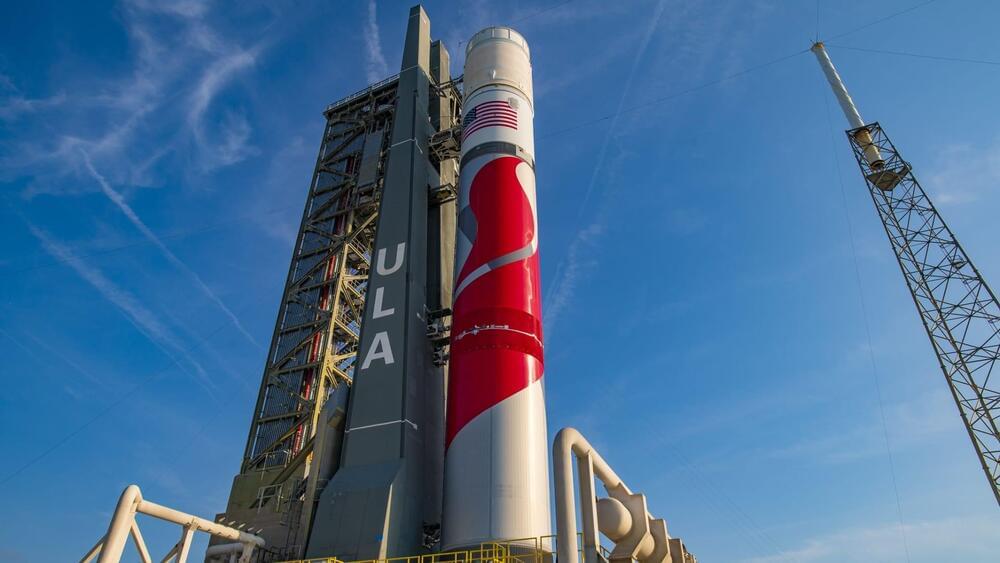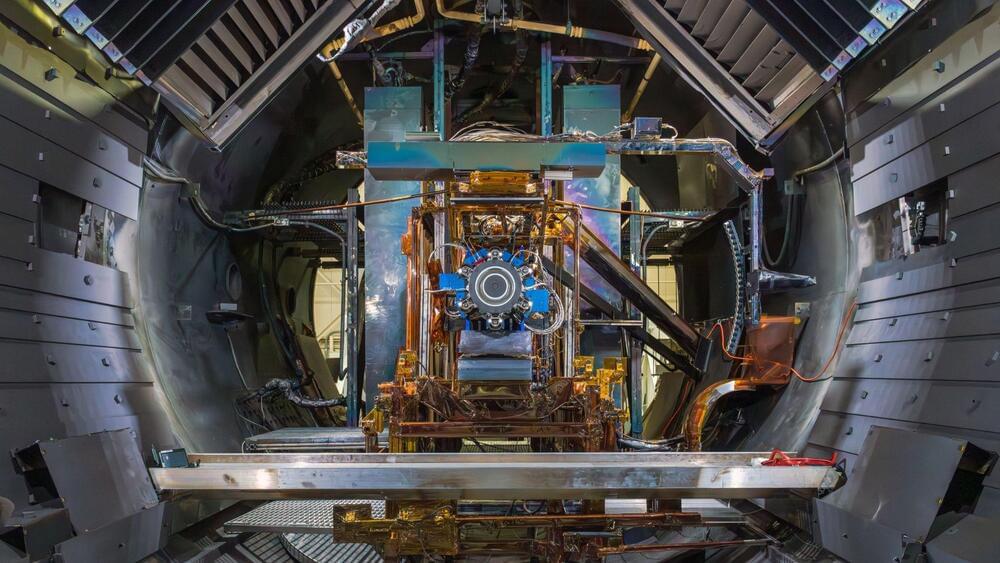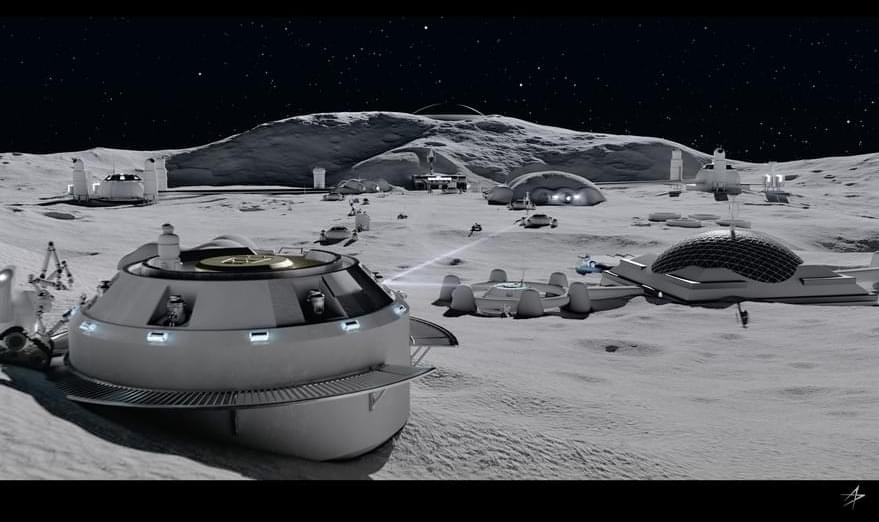BENGALURU, July 14 (Reuters) — India’s space agency launched a rocket on Friday that sent a spacecraft into orbit and toward a planned landing next month on the lunar south pole, an unprecedented feat that would advance India’s position as a major space power.
The Indian Space Research Organisation’s (ISRO) LVM3 launch rocket blasted off from the country’s main spaceport in the southern state of Andhra Pradesh on Friday afternoon, leaving behind a plume of smoke and fire.
About 16 minutes later, ISRO’s mission control announced that the rocket had succeeded in putting the Chandrayaan-3 lander into an Earth orbit that will send it looping toward a moon landing next month.






